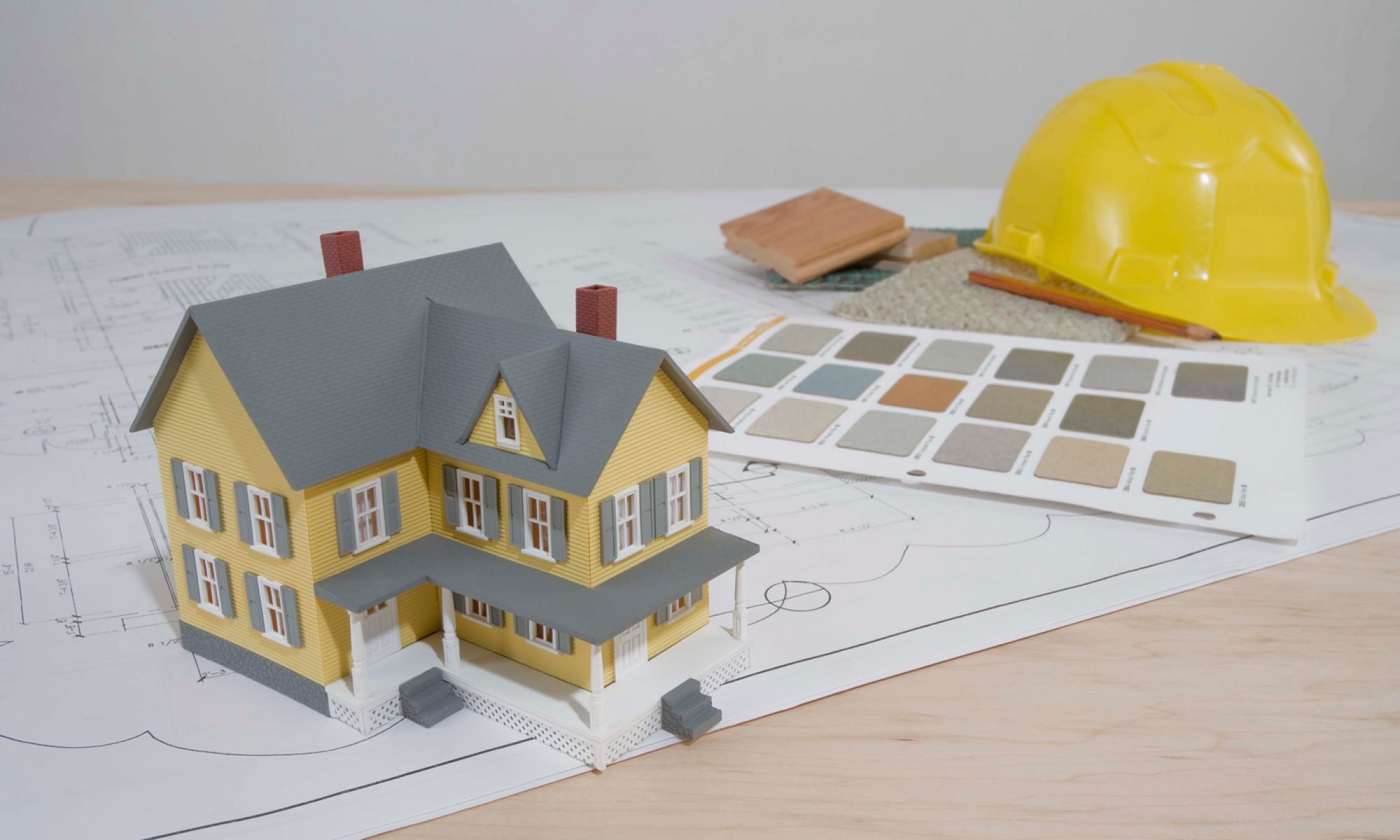
With mortgage rates steady around 6%, homeowners are focusing on upgrades. But not all renovations offer the same return. Whether you’re selling or simply enhancing your living space, choosing the right projects is key.
Here’s a quick guide to the renovations that will help increase your home’s value in 2025.
1. Enhance Curb Appeal:
First impressions matter. Basic yard care, like mowing the lawn and adding mulch, is a great start. For higher impact, consider updating your siding or replacing the garage door, which can add 5-10% in value. Adding outdoor lighting and a new deck can also yield great returns.
2. Optimize Your Floor Plan:
Increasing livable space can boost your home’s value. Open up your floor plan by connecting kitchens to living areas or adding walk-in closets. Converting an unfinished basement or unused spaces into livable areas offers an ROI of 70-75%.
3. Upgrade Your Bathroom:
Modern, spa-like bathrooms appeal to buyers. Features like rain showerheads, double-sink vanities, and soaking tubs are in high demand. Even minor updates, such as reworking the layout or adding mirrors, can make your bathroom feel larger and more luxurious.
4. Remodel Your Kitchen:
The kitchen remains the heart of the home. Adding a kitchen island or walk-in pantry can increase functionality. Mid-range kitchen remodels recover 96.1% of their cost, making them one of the best investments.
5. Convert or Add a Home Office:
With remote work becoming more common, a dedicated office space is highly sought after. Whether it’s a closet conversion or a spare room turned into an office, this small renovation can make a big difference.
6. Expand Your Outdoor Space:
While not as lucrative as in recent years, outdoor spaces still provide value. Adding a deck, patio, or pool can increase your home’s appeal, especially if you live in a warmer climate. A wood deck can recoup 68-83% of its cost.
7. Make Your Home Accessible:
Consider modifications for aging-in-place or multigenerational living. An accessory dwelling unit (ADU) can add 20-25% to your home’s value. While costly, an ADU offers rental income potential and is highly valued in today’s market.
8. Improve Your Mudroom:
A functional mudroom is a welcome addition, particularly in colder climates. Adding a bench, hooks, or cubbies creates a useful space with a 50% ROI.
9. Small Changes with Big Impact:
Simple updates, such as fresh paint, fixing leaks, or refinishing wood floors, can offer great returns. Refinishing wood floors, in particular, has an ROI of 147%.
Invest in Your Home Renovations Wisely
Not every renovation will add value, but focusing on what buyers want can boost your resale potential. Consult a local real estate agent to determine which projects will benefit your home the most.
Ready to maximize your ROI? Schedule a consultation with a licensed and insured contractor who guarantees their work. Contact JFC Remodeling today!
____
JFC Remodeling is committed to providing top-quality home reconstruction services to clients throughout Livingston County. With over 30 years of experience in the industry, our licensed contractors create unique, individualized, and polished renovations. Whether the site requires improvement, repair, or is a new construction, you can trust our experts to deliver remarkable results. Call or email us to learn more.
Written by the Digital Marketing Team at Creative Programs & Systems: https://www.cpsmi.com/.




